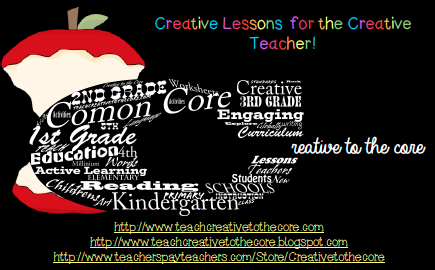Clearly by now you get that I'm a bit obsessive and a total over planner (in my professional life only, most of my family & friends are probably having a pretty good laugh at that statement!) and planning for incoming students is pretty much that times about 1,000...
Here's the thing: Working with students with an Autism Spectrum Disorder is hard (absolutely amazing, but hard). There is SO much to discover about each student, including finding out their mode of communication, preferences, patterns of maladaptive behavior as well as environmental triggers, and of course, identifying existing and missing skills and effective teaching strategies! Given that your student is likely to have communication challenges, it also takes quite a bit of work to get all that information. It could either take you a year of trial and error or you could do some leg work before the student is in your classroom and get ahead of the game!
Here's the thing: Working with students with an Autism Spectrum Disorder is hard (absolutely amazing, but hard). There is SO much to discover about each student, including finding out their mode of communication, preferences, patterns of maladaptive behavior as well as environmental triggers, and of course, identifying existing and missing skills and effective teaching strategies! Given that your student is likely to have communication challenges, it also takes quite a bit of work to get all that information. It could either take you a year of trial and error or you could do some leg work before the student is in your classroom and get ahead of the game!
I probably also don't need to remind you how challenging it can be for our students to adapt to changes to their routines and adapting to new environments... Again, preparation really is the key here. If the student knows about the change (and I mean repeated exposure to detailed information, timelines, pictures/videos, etc.) and has been exposed to the new environment, classmates, and teachers (try to set up some really positive experiences with these environments and individuals) then you have really covered all your bases.
I go into a lot more detail on some of the strategies for obtaining necessary information and preparing students as well as staff for success in one of my new TPT products (New Student Profile). Click the following link for a free preview of the product: Transition Guidelines Freebie
One final tip:
Speaking with previous teachers, therapists, behaviorists, etc. is a great way to get some initial information about a student. However, nothing is a replacement for seeing and working with that student yourself. Every teacher has their own approach, and (lets face it) their own biases and opinions. When possible, ask for graphs or evidence to support what others are saying. For example, if a teacher/therapist reports serious behavioral challenges with your student, ask for not only details and examples, but numbers and facts (e.g., Can I see the behavior graphs?, Are there injury logs & reports?, What did the functional assessment show?, Can I review the behavior plan?, How long has this plan been in place, any modifications?, etc.) Look: you don't want this to turn into an interrogation, and you want to maintain a positive relationship with this service provider, so try to keep any judgement or opinions about the information you are given. Remember, the student will be in your program soon enough where you can do your own assessments and make any changes you feel the student will benefit from (not just one's that don't reflect your own style), so don't stress over the past, just use it to benefit your future instruction with this student.
Good luck and happy planning everyone :)
~Kristine
Below are some transition related resources up on my My TPT Page:








